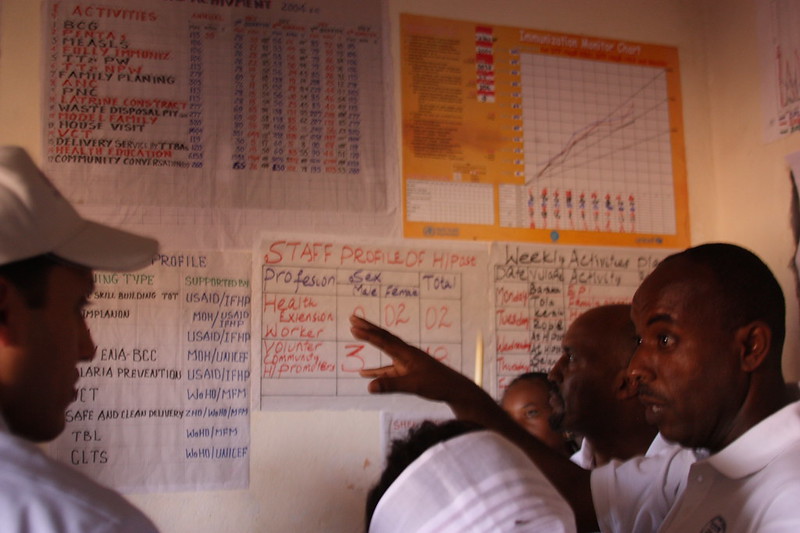This week the World Health Organization made
dementia a priority, while Jim Kim—next in line for the World Bank—chose his as
job creation. “Priority” is a word that is often used in global health and development when calling for increased attention to or funding of specific diseases, services, or interventions. But when facing a limited budget (as most low- and middle-income countries are) how can countries best sort multiple priorities into effective, sustainable policies?
The Center for Global Development’s working group on
Priority Setting Institutions for Health has been evaluating this question, particularly on how allocation decisions can be made in an informed, transparent, and fair way within the health systems of low- and middle-income countries. There are substantial gains that can be achieved by shifting the current distribution of public funding to more cost effective interventions. A recently published paper based on the group’s work (see here:
Priority-Setting Institutions in Health: Recommendations from a Center for Global Development Working Group) analyzes the competing demands on health systems—which can leave country governments to over-commit provision of services above what they can feasibly offer. For example, in
Uganda a package of minimum health services costing $28 per capita was expected to be delivered within a resource envelope of just $8 per capita actual expenditure.
The paper counts at least 63 low- and middle-income countries that have made attempts to support explicit priority setting efforts through either national health benefits plans, as well as eight countries who currently support national health technology assessment agencies. In addition, the analysis documented several common limitations including poor data, lack of linkages to available resources, insufficient costing methods, and lack of routine updates—among others. Support for national level priority-setting efforts can take many forms, but would ideally end in better consideration of local cost-effectiveness data, disease burden, and local context into country level policy. The Priority-Setting Institutions for Health Working Group will be releasing its final report this summer. For more of CGD’s blogs and papers on the topic, see
here,
here, and
here.
CGD blog posts reflect the views of the authors, drawing on prior research and experience in their areas of expertise.
CGD is a nonpartisan, independent organization and does not take institutional positions.





